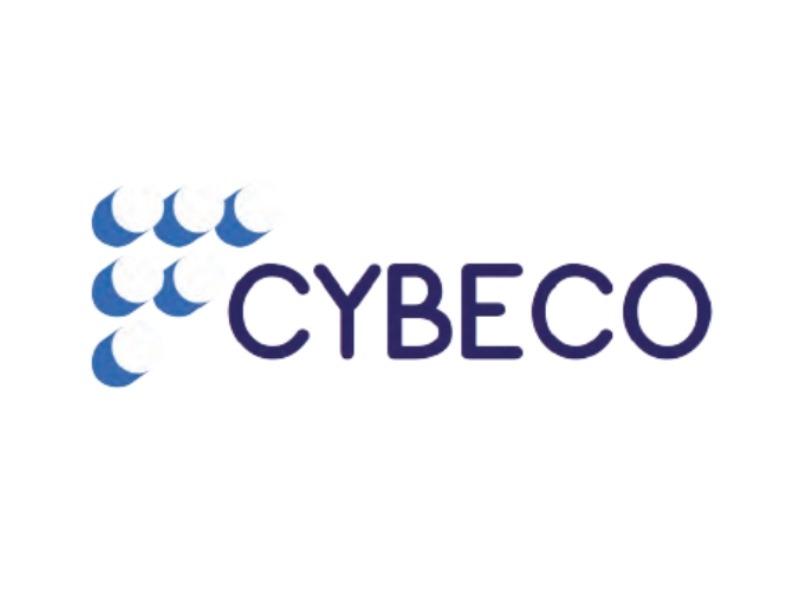
CYBECO
Supporting Cyberinsurance from a Behavioural Choice Perspective
Niccolò Zazzeri
01 May 2017
30 April 2019
EC funded project
Introduction
Cyberinsurance can fulfill a key role in improving cybersecurity within companies by providing incentives for them to improve their security, requiring certain minimum protection standards. Unfortunately, so far cyberinsurance has not been widely adopted. CYBECO focuses on two aspects to fill this gap:
- Including cyberthreat behaviour through adversarial risk analysis to support insurance companies in estimating risks and setting premiums as well as
- using behavioural experiments to improve IT owners’ cybersecurity decisions. We thus facilitate risk-based cybersecurity investments and progress beyond information security economic models, supporting insurers in their cyber offerings through a risk management modelling framework and tool.
Who is the project designed for?
CYBECO includes a detailed analysis of the cyberinsurance (and cybersecurity) ecosystem as well an exploitation plan.
We identify the following markets:
- Supply side:
- Insurance companies aimed at providing improved cyberinsurance products.
- Associated with them, insurance brokers and reinsurers.
- Cyber security and consulting companies that could include well-calibrated cyber insurance products within their portfolios.
- Demand side:
- Owners of IT installations whose organizations critically depend on it, including SMEs, large companies, public administrations and, in the not so distant future, individuals insuring their home installations.
In short, we aim at making society more cybersecure.
Last, but not least, researchers in various areas (technology management, IT security, insurance, risk analysis, behavioural economics, cyber-psychology) would also benefit from our advances.
How is your project benefitting the end-user?
On the supply side, end-users benefit from better founded and designed cyberinsurance products and cyber risk management frameworks. On the demand side, end-users benefit from a well-founded tool that allows them to determine their optimal cyber security investments, including the appropriate cyber insurance product.
Globally, society as whole benefits since the project helps create a more secure environment.
In a nutshell, by properly modelling and combining decision-making behaviour surrounding cyber threats (risk generation), the decision-making behaviour of insurance companies (risk assessment) and the decision-making behaviour of IT owners (which includes cyber insurance), we aim to help mitigate cyber risks at the global level.
Please briefly describe the results your project achieved so far
- A model that facilitates the best portfolio of cybersecurity investments, including cyberinsurance, together with a case study that serves as template for complex studies.
- Other risk management models for cyber insurance decisions (cyber reinsurance and granting an insurance product).
- Several case studies to evaluate the methodology.
- A skeleton of a tool to facilitate implementing the above models.
- A study of the cyber insurance ecosystem to identify policy gaps and how our framework may be better applied within such ecosystem.
- The design of experiments to assess our model.
What are the next steps for your project?
- Perform the experiments.
- Complete the tool.
- Complete the case studies with our methodology.
- Refine the methodology based on experiments, case studies and tool experiences.
- Complete the cyberinsurance ecosystem and policy analysis to feed an exploitation plan.
Category:
- Verification and Assurance
Vertical Category:
- Finance & insurance

News
On the event of the adoption of the draft regulation laying down measures for a high common level of cybersecurity at the institutions, bodies, offices and agencies of the Union, the AI4HealthSec project kicked off a process to provide its opinion.
Resources for EU Research
Resources for SMEs
News & Events
Reports
Cyberwatching.eu has received funding from the European Union’s Horizon 2020 research and innovation programme under grant agreement No 740129. The content of this website does not represent the opinion of the European Commission, and the European Commission is not responsible for any use that might be made of such content. Privacy Policy | Disclaimer / Terms and Conditions of Use
